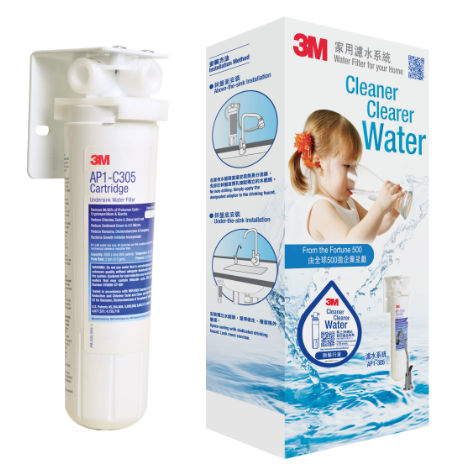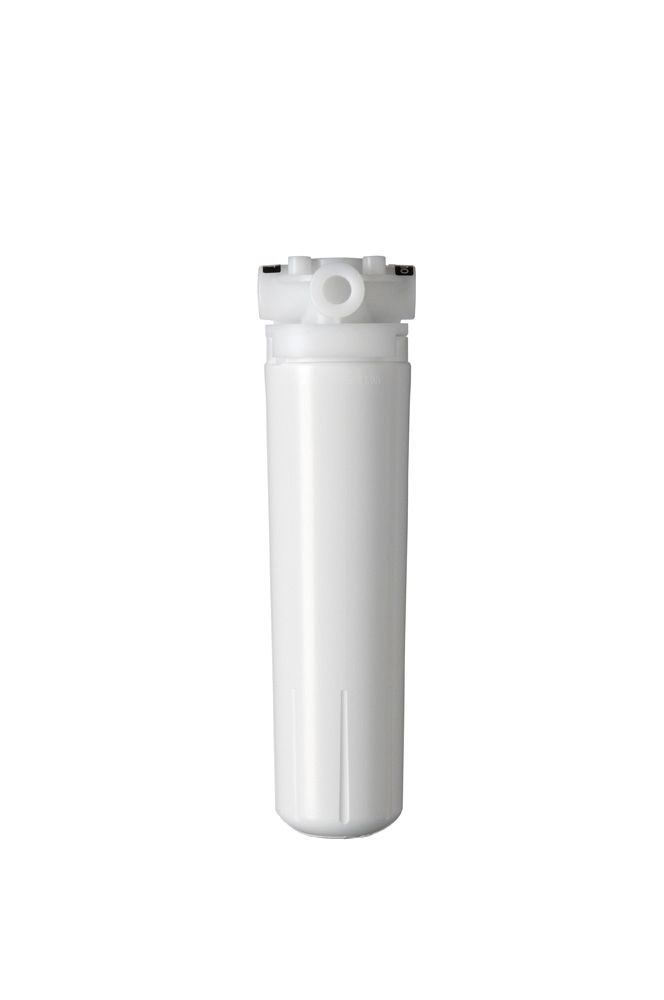3M™ Aqua-Pure™ AP Series Water Filter Cartridge AP1-E, 47-234825, 1/Case
About the product
We designed the 3M™ Replacement Filter Cartridges AP1 Series designed to reduce sediment, chlorine taste and odour. Our scale inhibition feature on AP1-C301-S and AP1-C305-S helps prevent scale build up and unscheduled equipment service.
Product details
- Reduces sediment, chlorine taste and odour for consistently great tasting water in point of use water dispensers and drinking water systems
- Select models reduce lead, parasitic protozoan cysts and select VOCs and with Model AP1-C762M this reduces waterborne bacteria using a 0.2 micron nylon membrane wrapped around a carbon block media.
- Sanitary Quick Change (SQC) design allows for fast cartridge change-outs without a need for a filter wrench.
- Select models reduce the ability of calcium and magnesium to form as hard scale on the heating coils.
- Made with FDA CFR-21 Compliant Materials.
- Please refer to datasheets for model specifications
Suggested Applications
- For use in water dispensers and drinking water systems
Product specifications
| Industries |
Industries
Consumer water |
| Brand |
Brand
Aqua-Pure™ |
| Overall Height (Imperial) |
Overall Height (Imperial)
8.68 in |
| OverallHeightMetric |
OverallHeightMetric
22.05 cm |
| Overall Width (Metric) |
Overall Width (Metric)
5.87 cm |
| Category Name |
Category Name
Replacement Water Filter Cartridges |
| Filter Type |
Filter Type
SQC |
| Product Series |
Product Series
AP1 |
| Overall Width (Imperial) |
Overall Width (Imperial)
2.31 in |
| Application |
Application
Under sink water filtration |

